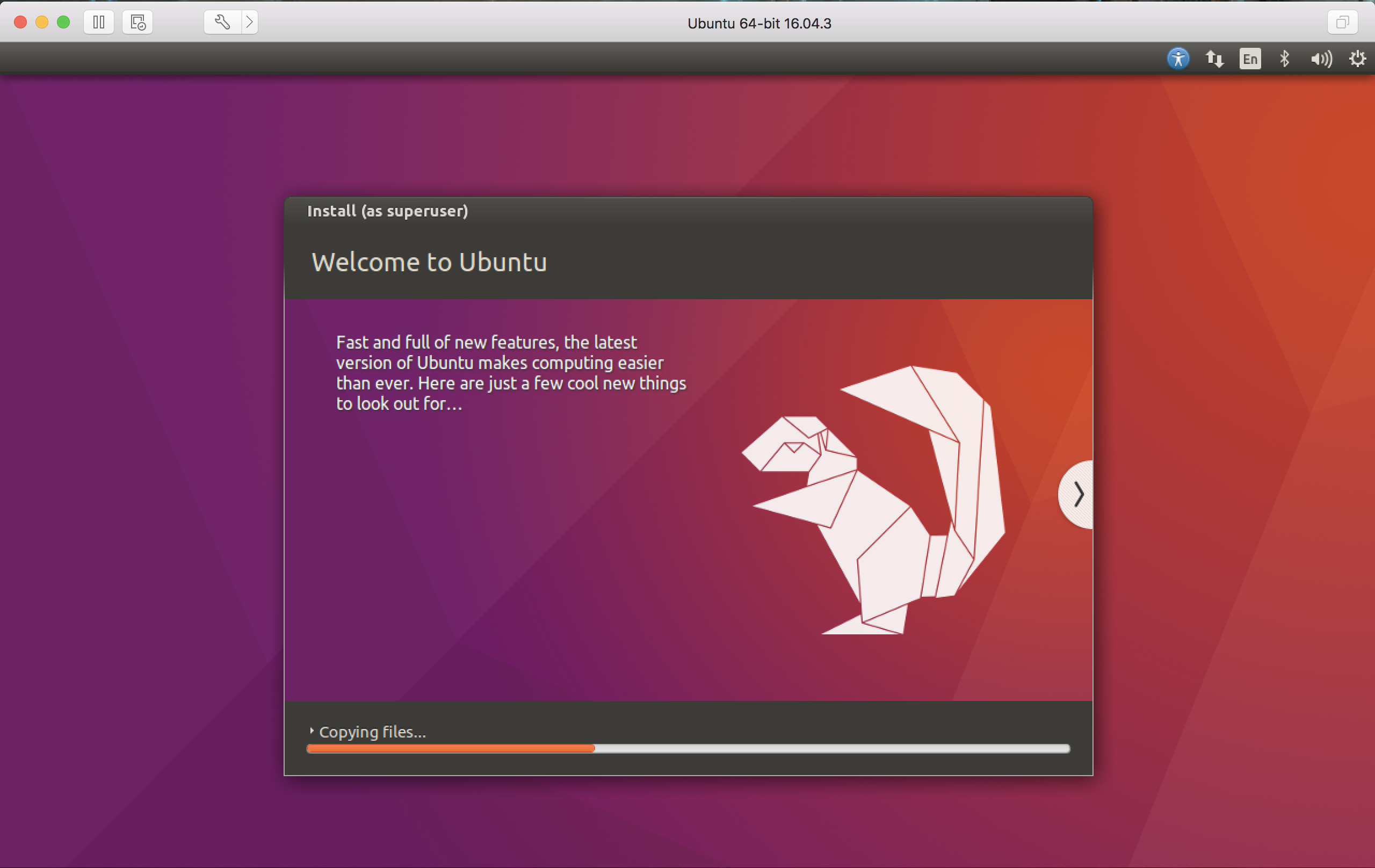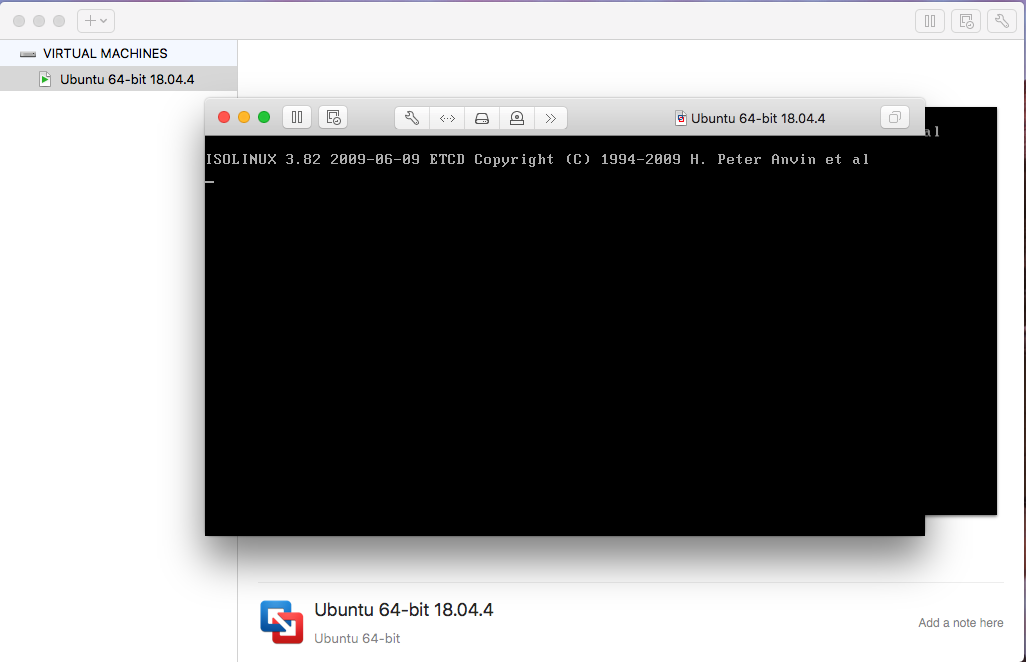

Then, industry-standard provisioning tools such as shell scripts, Chef, or Puppet, can be used to automatically install and configure software on the machine. Machines are provisioned on top of VirtualBox, VMware, AWS, or any other provider. Vagrant stands on the shoulders of giants. Alternatively, you can run Linux from a bootable Linux USB, but the performance won't be as smooth.įor everyone else, we'll explain how to dual boot Linux on Intel-based Macs below.Vagrant provides easy to configure, reproducible, and portable work environments built on top of industry-standard technology and controlled by a single consistent workflow to help maximize the productivity and flexibility of you and your team. Your only option for running Linux on an Apple silicon Mac is to use a virtual machine such as Parallels or UTM. Running Linux on an Apple Silicon Macĭespite what we've said above, installing Linux isn't currently possible if your Mac uses an Apple silicon chip, whether it's an M1, M1 Pro, or M1 Max. If you're really certain you don't want to do that, just skip the Partition step in the instructions below.

This is especially true since Linux writes over the macOS Recovery partition.įor that reason, we recommend you dual boot Linux on your Mac. However, if you ever change your mind, it's difficult and time-consuming to restore macOS again in the future. That way, none of your storage is used up by its system files. If you don't plan to ever use macOS again, you might want to completely replace it with Linux.

The main difference between a dual boot system and a virtual machine is that you can only use one OS at a time while dual-booting, but you get better performance. You can just hold Option while your computer boots up to choose which operating system to use. With a dual boot system, both macOS and Linux are installed on your Mac. Since it's so popular, there are also lots of active support communities available if you ever need help. Ubuntu is the best option for Linux newcomers. There are many different versions of Linux available, but for the purposes of this tutorial, we suggest installing Ubuntu on your Mac. Ubuntu Is Our Linux Distribution of Choice Rather than letting your old Mac turn into an expensive paperweight, install the latest version of Linux and keep it going for years to come. What's more, Linux breathes life into old Macs that are no longer eligible for macOS updates. The hardware on a Mac is difficult to match, which makes it an incredibly powerful machine for running Linux. Your Mac offers excellent performance, superb battery life, and good durability.


 0 kommentar(er)
0 kommentar(er)
